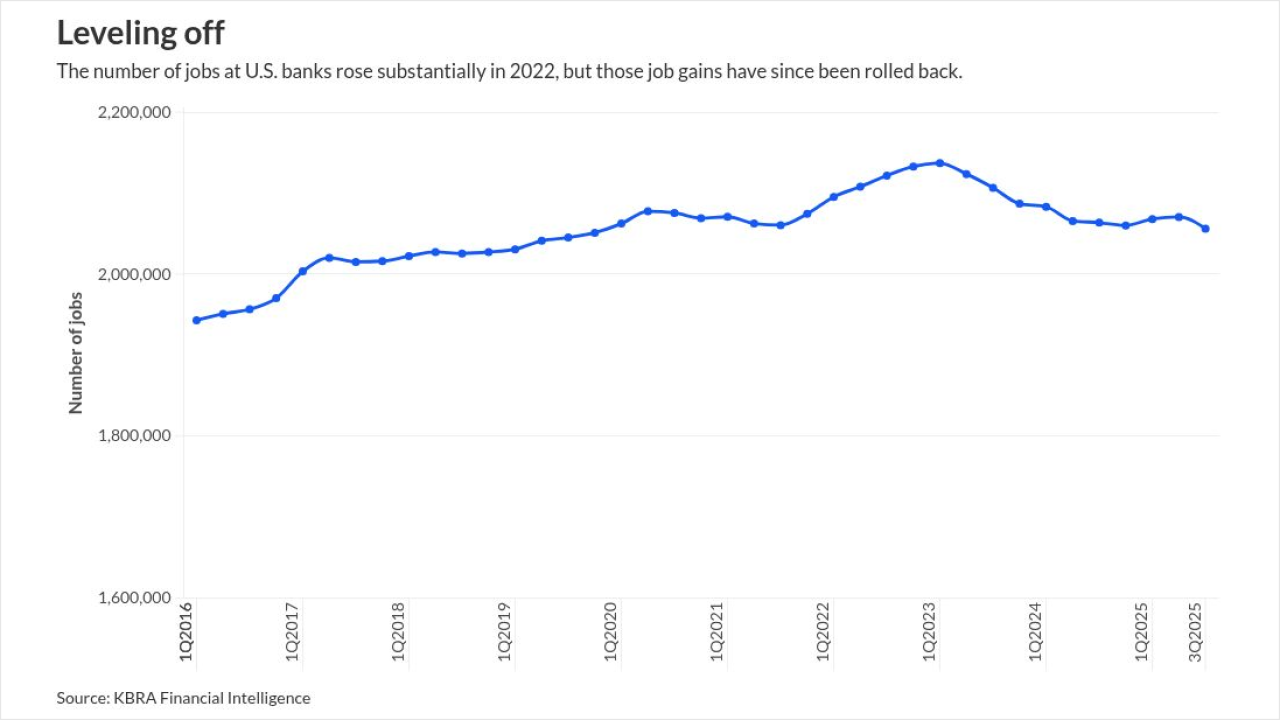Though not a party in the merchants’ dispute over the interchange polices of Visa Inc. and MasterCard Worldwide, American Express Co. plans to watch how merchants react to being able to surcharge under a
“The terms and conditions within the settlement agreement that deal with surcharging are very complicated,” Dan Henry, Amex executive vice president and chief financial officer, told analysts during a July 18 earnings call. “So given that complexity, we think it's too early to know what the impact of the rule changes might actually have in the marketplace.”
Henry cited the different reactions in different international markets where surcharging is allowed.
In Australia, some merchants have introduced surcharging. “It was first allowed there back in 2003, and we've been able to respond effectively and continue to operate successfully,” he said. “In contrast, in the [United Kingdom], we've seen very little evidence of merchants surcharging, and that was first allowed by the Thatcher government many years ago.”
Ten states do not allow surcharging, and they represent about half of Amex’s U.S. billings volume, Henry noted.
“The Visa/MasterCard rule change doesn't change the terms of our contracts with merchants,” he said. “We do not prevent merchants from surcharging, but we do continue to require parity treatment so that our cardmembers are not discriminated against at the point of sale. And by parity treatment, I mean that if an American Express cardmember is surcharged 100 basis points, any other credit card that is presented would be surcharged the same 100 basis points.”
Henry also noted that Amex believes there's no merit to the separate merchant cases that it is involved in, “and we believe that we have strong legal defenses.”
Higher cardmember spending and a rise in net interest income, driven primarily by the growth in card loans, helped boost second quarter revenues for the U.S. Card Services unit at American Express Co., the card brand announced July 18.
The unit’s total revenues net of interest expense for the quarter ended June 30 increased 7.4%, to $4.04 billion from $3.76 billion a year earlier. Net income for the unit was $718 million, up 8% from $665 million. Provisions for losses totaled $312 million, up 36.8% from $228 million, primarily reflecting higher reserve releases a year ago, partially offset by lower net write-offs in this year’s second quarter, Amex said in its earnings release.
International Card Services reported second-quarter net income of $178 million, up 10.6% from $161 million a year earlier. Net revenues decreased 3.7%, to $1.3 billion from $1.35 billion, reflecting lower net interest income, Amex said. Provisions for losses totaled $94 million, up 20.5% from $78 million, primarily reflecting a higher level of reserve releases a year earlier.
Global Commercial Services generated net income of $219 million, up 23.7% from $177 million. Higher cardmember spending boosted total net revenues by 2.5%, to $1.22 billion from $1.19 billion. Provisions for losses totaled $36 million, up 2.9% from $35 million, Amex said.
Global Network & Merchant Services reported net income of $372 million, up 14.8% from $324 million. Total net revenues increased 6.5%, to $1.32 billion from $1.24 billion, reflecting higher merchant-related revenues driven by an increase in global cardmember spending and an increase in revenues from Global Network Services’ bank partners. Provisions for losses totaled $17 million, increased 30.8% from $13 million a year ago.
Total cards in force domestically totaled 51.2 million, up 2.8% from 49.8 million a year earlier. Cards issued outside the U.S. were up 10.6%, to 48.9 million from 44.2 million. U.S. card billed business totaled $148.7 billion, up 8.7% from $136.8 billion. Outside the U.S., card billed service was up 3%, to $72.9 billion from $70.8 billion.
Average cardholder spending during the quarter in the U.S. was $4,148, up 7% from $3,877, while outside the U.S. the average was fell 1.3%, to $3,443 from $3,490.
The average discount rate for the quarter was 2.54%, the same as a year earlier.
“Consumer, small-business and corporate-cardmember spending, along with the business volumes generated by our network of bank partners, remained healthy despite a very uneven economy,” Kenneth I. Chenault, Amex chairman and chief executive, said in the company’s earnings release. “Overall cardmember spending rose 7%, or 9% adjusted for foreign currency translations. That’s slower than the increases we’ve seen in the recent quarters, but it comes on top of a very strong performance a year ago and continues to grow faster than most of our large issuer competitors.”
During the quarter, Amex renamed its corporate digital payments service
The company also developed a





